In the early 1990s, the landscape of video game consoles was dominated by just two names: Sega and Nintendo.
During that era, no one could have predicted that a newcomer in the realm of gaming, a consumer electronics company without any prior experience, would profoundly disrupt the industry. This disruption would be so significant that the company’s name would soon become synonymous with home consoles. Not only that, but its influence would reshape our perception of gaming forever.
PlayStation’s Unforeseen Evolution: A Revolution in Gaming
The PlayStation, developed by Sony, transcended the definition of a mere gaming console. It marked the dawn of a revolution that ushered in the modern era of video games. This narrative traces the origins of its remarkable legacy through the perspectives of two former Sony presidents: Andrew House, a key visionary behind the groundbreaking marketing of the PlayStation who eventually ascended to the role of CEO, and Shawn Layden, whose guidance enabled game developers to breathe life into some of PlayStation’s most cherished titles over two decades.
The roots of the PlayStation can be traced back to the late 1980s when Sony initially entered an agreement to manufacture sound processor chips for Nintendo’s newly envisioned SNES console. In a surprising turn, Nintendo proposed a collaborative venture, seeking Sony’s expertise to design a novel CD-ROM-based drive system for the SNES. Unfortunately, this partnership collapsed in a tumultuous manner, leaving numerous Sony executives disillusioned and hesitant to reenter the gaming industry.
Shawn Layden, the former President and CEO of Sony Interactive Entertainment America, reminisces, “Video games were commonly perceived as mere playthings, and Sony was far from a toy manufacturer. The prospect of engaging in a battle on unfamiliar terrain, armed with untested tools and lacking both experience and strategy, seemed daunting.”
However, Ken Kutaragi, the visionary who initially orchestrated Sony’s deal with Nintendo, remained resolute in his determination.
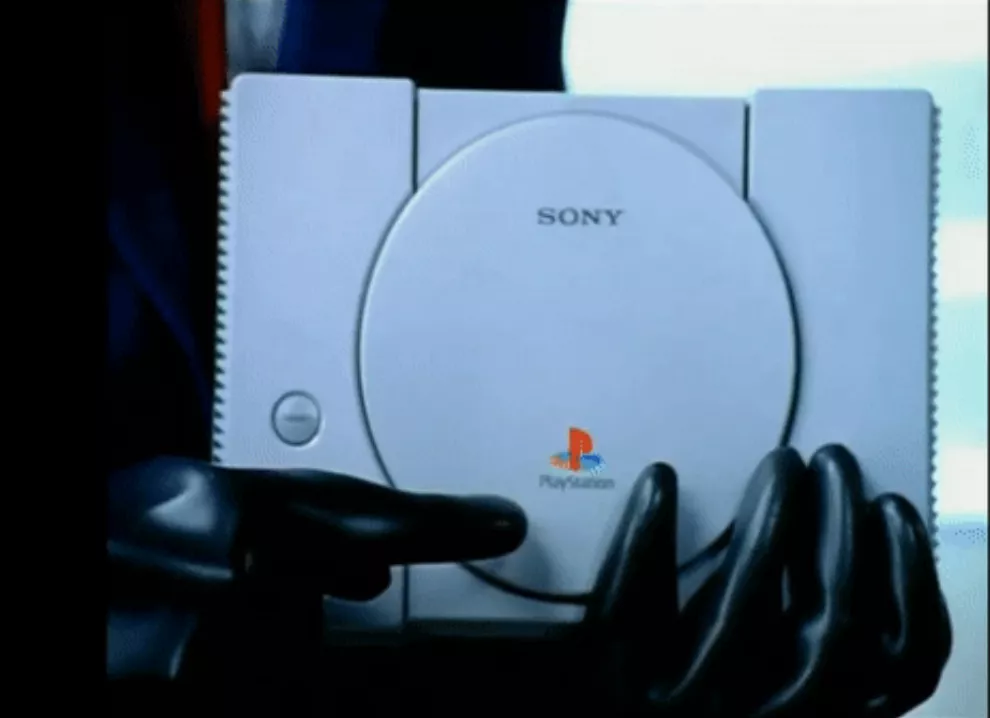
Shawn Layden further reflects, “Often hailed as the ‘father of PlayStation,’ Kutaragi-san aimed to steer the company away from retreating and instead encouraged a more resolute pursuit of their gaming aspirations. His stance was clear: ‘If we cannot contribute a peripheral to Nintendo, let us create our very own gaming machine.'”
Kutaragi’s vision revolved around crafting a console that would bring the cutting-edge arcade experience into the households of ordinary individuals. This necessitated a console capable of delivering 3D graphics—a monumental leap beyond the 2D offerings of Sega and Nintendo at that time. While the allure of stunning visuals held the potential to captivate audiences, Sony’s secret weapon lay in the utilization of cost-effective CD-ROMs instead of pricier cartridges. These gleaming discs would serve as Sony’s persuasive instrument to win over the broader gaming industry, sparking widespread belief in the PlayStation’s potential. Or so Sony fervently hoped.
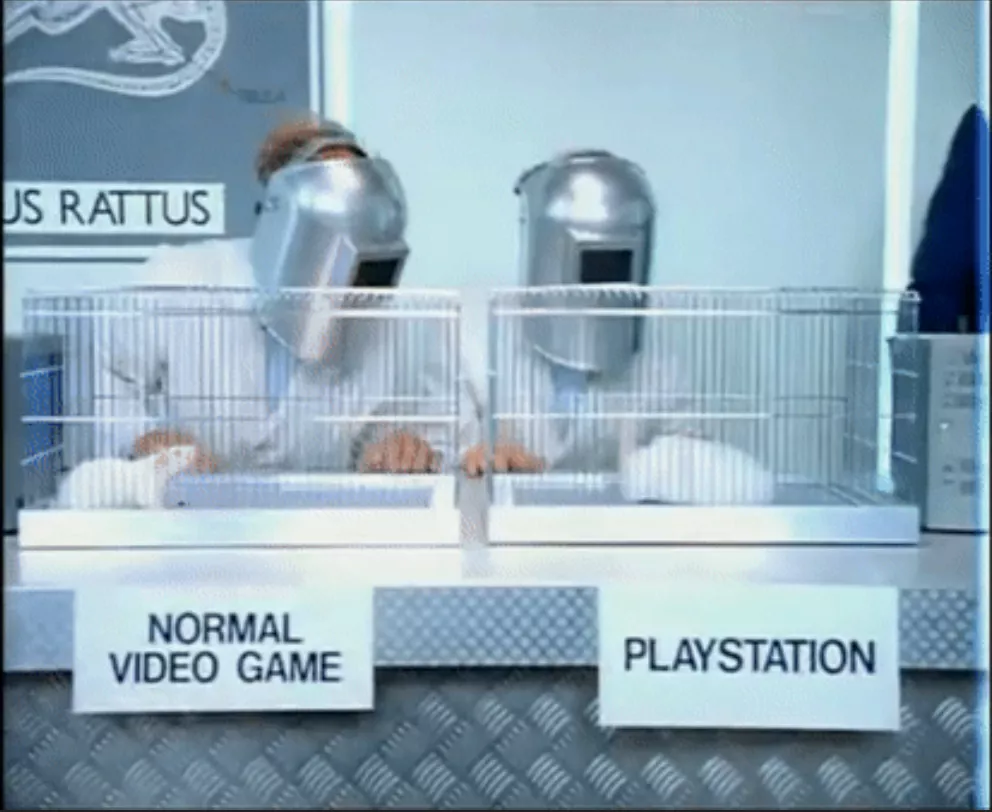
Shawn Layden explained, “Manufacturing flash ROMs in Hong Kong or Taiwan came with significant lead times and expenses per unit. It was a far cry from what we achieved with optical discs. The minimum order of 100,000 units or more was standard for flash ROMs, as seen with Genesis or Super Nintendo.
“With optical discs, you could simply request 10,000 discs. And if your game sold out, a quick call would have us restocking you by the following Wednesday.”
Andrew House, former President and Global CEO of Sony Interactive Entertainment, emphasized, “What often goes unnoticed is Kutaragi’s vision. He aimed to reduce the production cost of games, which in turn could encourage more developers to participate. Lowering the barrier to entry led to a surge in game-making companies. This approach fostered creative risk-taking that was unprecedented in the industry due to the limitations of the previous model.”
Despite executive skepticism, Kutaragi garnered support from Sony’s new CEO, Norio Ohga, who previously led CBS/Sony Records for over a decade. Ohga’s early move to acquire Columbia Pictures Entertainment showcased his interest in expanding Sony’s entertainment ventures beyond electronics. Kutaragi’s PlayStation potentially held the key to a promising new market, albeit with cautious steps.
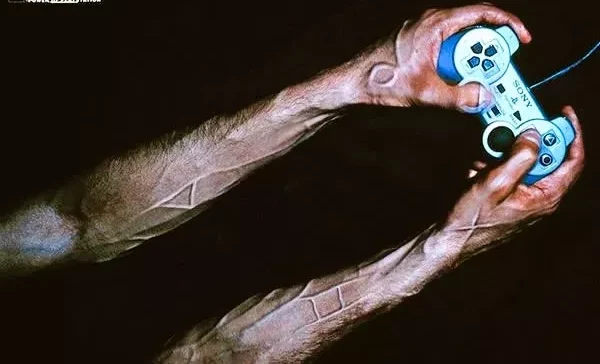
Andrew House recalled, “When I joined the division, my boss essentially labeled me an ‘idiot’ for pursuing a venture that seemed destined to fail. The prevailing sentiment was, ‘Why involve yourself with such a toy?'”
Shawn Layden added, “From a financial perspective, there was a prevailing attitude of ‘lease everything’ because the belief was that the division might not even survive in nine months. We were faced with a make-or-break situation.”
Yet, within the fledgling PlayStation division, Sony’s dedicated team was ready to take on their formidable rivals.
Andrew House remarked, “Most of us were relatively new to the industry, and this lack of experience translated to fearlessness. We didn’t conform to conventional wisdom, and our misplaced confidence led us to believe that we had a firm grasp on the situation and could succeed.”
Shawn Layden shared, “Our enthusiasm and naivety fueled our pursuit of this new venture. We eagerly dove into uncharted waters, thinking, ‘Why not challenge Nintendo and Sega, the entrenched giants, with a new platform?’ We were up for the head-to-head competition.”
The Nintendo Challenge: Sony’s Path to Gaming Dominance
Despite an abundance of confidence, Sony’s evident drawback remained insurmountable. The company lacked any prior experience in the realm of video game creation. Not a single staff member could hold a candle to renowned developers like Nintendo’s Shigeru Miyamoto or Sega’s Yuji Naka.
Shawn Layden explained, “At that point, we were devoid of any first-party development, as such an endeavor can’t be conjured within a mere six months. It takes years of dedication.”
Andrew House added, “Our financial strategy didn’t permit such an approach. We had to heavily lean on the other end of the spectrum, relying extensively on third-party publishers and developers.”
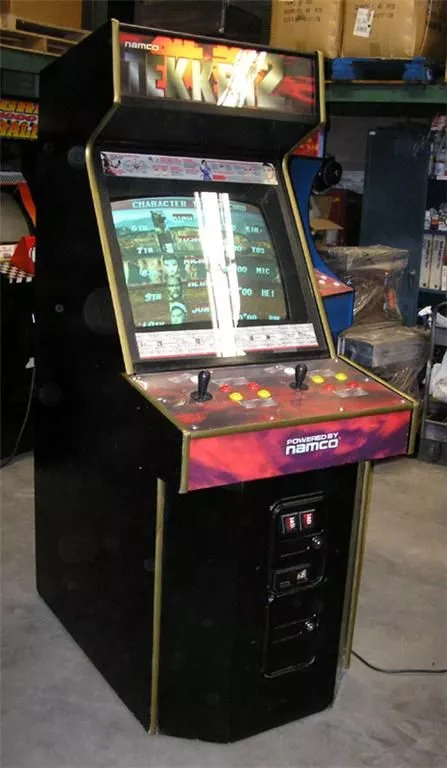
Shawn Layden elaborated, “Our close collaboration with Namco from the outset was crucial. When it came to translating the arcade experience to homes, nothing narrated or marketed that tale better than titles like Tekken and Ridge Racer. Gamers were queuing up at arcades, depositing their coins to enjoy a fleeting three-minute thrill. And here we were saying, ‘You can take this experience home with you.'”
“Subsequently, Ubisoft, Infogrames, and a host of others found their way to us, perceiving an equal opportunity to establish dominance.”
Sony’s initial reliance on third-party development stood in stark contrast to the strategies employed by Nintendo and Sega. Within a mere couple of months after the SNES launch, Nintendo already boasted a trio of in-house-developed games. Conversely, Sony’s plan was to debut the PlayStation in Japan without a single title created internally. However, Sony was acutely aware that nurturing a portfolio of first-party titles was pivotal for sustained success. The need for an in-house developer was evident.
Shawn Layden recounted, “During that period, we had established a partnership with a company called Psygnosis in Europe. Eventually, we acquired Psygnosis three years later to integrate their capabilities in-house.”
“They possessed reach, breadth, and a keen desire to thrive in the Japanese market. They saw us as an insurgent force, an entity they could join forces with, contributing to a growing venture rather than being an appendage to an existing success.”
In 1993, Sony acquired Psygnosis. This studio would later give birth to Wipeout, a standout title during PlayStation’s European launch in 1995. Psygnosis, alongside the Tokyo-based Japan Studio, laid the foundation for what would evolve into SCE Worldwide Studios, now famously known as PlayStation Studios. This was the embryonic stage for future hits like God of War and The Last of Us.
Forging the PlayStation Identity: A Triumph in Innovation and Marketing
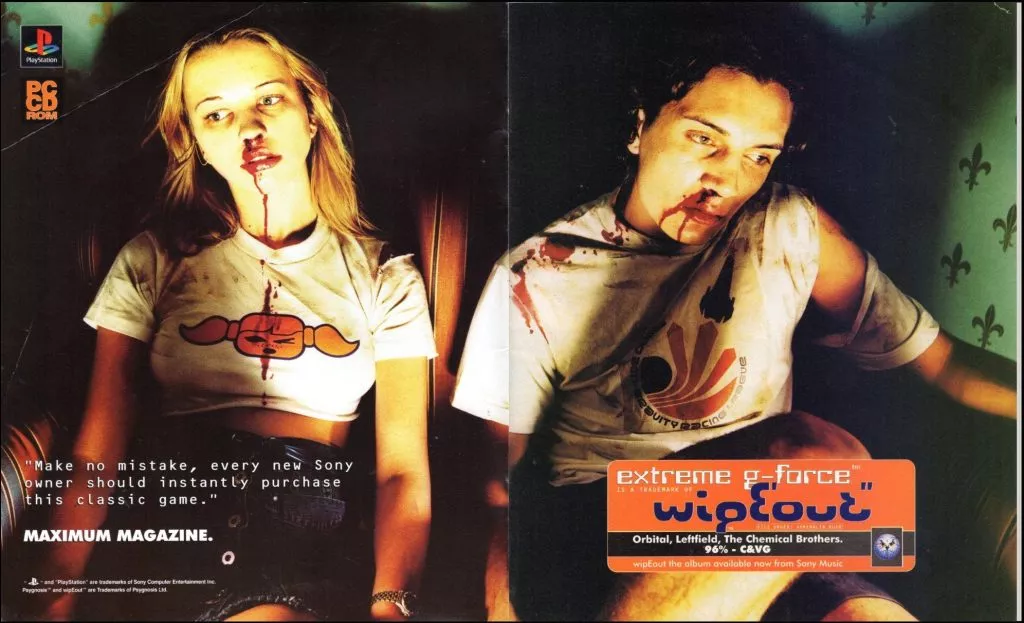
Constructing PlayStation demanded more than a mere assemblage of hardware and games; it necessitated a distinct brand and a profound identity. It had to be crafted by individuals who grasped that a gaming console transcended the boundaries of a plastic casing housing silicon chips.
Shawn Layden elaborated, “The first innovation was the transition to optical media. The second innovation was Sony’s recognition that venturing into the realm of entertainment marked uncharted territory for them. Although the electronics team possessed formidable technical expertise, they lacked a comprehensive understanding of the essence of entertainment. The original Sony Interactive Entertainment emerged as a collaborative effort between Sony Electronics and Sony Music Entertainment. It melded these two distinct cultures under a single roof.”
The Sony Music team envisaged PlayStation not merely as a tangible console tethered to your TV, but as a lifestyle, akin to the world of music. Gaming boasted its own culture, aesthetics, and character, and the identity of PlayStation was intentionally distinct from the youthful image projected by Nintendo.
Andrew House noted, “While one aims to avoid the somewhat trite term ‘attitude,’ it encapsulated a prevailing sentiment of the era. Games conveyed a distinct tonal message unlike anything witnessed before. They weren’t solely charming and delightful; a subtle shade of darkness began to emerge.”
Shawn Layden reflected, “Especially in Japan, the initial PlayStation game advertisements defied convention. They were truly groundbreaking, imbued with the essence of music and seamlessly transposed into an interactive entertainment medium. The communication was unique. The presentation was distinctive. No doubt, PlayStation triggered a paradigm shift. It compelled everyone to contend with the new world Sony was fashioning.”
By the twilight months of 1994, the essence of PlayStation had been unearthed and fashioned. The moment arrived to unveil the console in its inaugural region: Sony’s native soil of Japan.
Andrew House recounted, “One of the original PlayStation commercials depicted a group of individuals in their twenties energetically pounding on a closed storeroom door, chanting ‘one, two, three,’ ‘ichi, ni, san,’ signifying the launch date, 12/03. Such game campaigns were unprecedented.”
“Our initial campaign was built on a simple premise, targeting the mindset of a 17-year-old. For those older, in their twenties and beyond, it evoked the exuberance they felt at 17, encapsulating what the platform had to offer. For the younger audience, it conveyed an aspiration—a reflection of what was cool and trendy.”
On launch day, 100,000 PlayStations were swiftly purchased in Japan. By year-end, the tally had reached 300,000. Despite fierce competition from Sega, which had introduced its own 3D-capable Saturn console mere weeks prior, PlayStation became an instant triumph.
The subsequent phase involved extending PlayStation’s reach to global audiences. Sony recognized the necessity of making a resounding impact prior to its scheduled launches in the United States and Europe in September 1995, and an emerging summer trade event called E3 was the perfect arena for this endeavor. However, on the inaugural day of the show, it appeared that Sega had preempted Sony’s grand entrance. The rival company unveiled that its Saturn console, slated for a September Western release, was instantly available in US stores for $399. This was a significant maneuver by Sega, yet one that Sony had anticipated and prepared for.
During the PlayStation presentation, Steve Race, the head of development at Sony Computer Entertainment America, took the stage to deliver a bold and unprecedented proclamation. He leaned towards the microphone and succinctly stated, “$299,” before departing.
Shawn Layden recounted, “To some extent, we all understood that this created tension between SCE and the Entertainment Software Association, the event’s sponsor. The ground rules were clear: the keynote panel should focus on discussions devoid of commercial messages, emphasizing the positive aspects of interactive entertainment. However, Sony’s representatives defied these norms by exclaiming, ‘Yeah, thank you for the guidelines, but… $299.’ With that mic drop moment, they exited the stage. This incident further fueled the narrative that PlayStation was the renegade platform. It listened, but only on its own terms.”
Although this statement grabbed headlines and undercut Sega’s pricing, it also carried substantial risks.
Andrew House explained, “The primary concern that haunted everyone was currency fluctuations, apprehensions about selling a console that led to greater financial losses with each unit sold. Regardless of the $299 price point, this precisely materialized. I verified the specifics, and during the launch year’s summer, the Yen surged to an unprecedented high of 80 Yen to the dollar. This predicament resulted in an extremely challenging scenario; while $299 sounded appealing on stage, the ensuing economic calculations hinted at a potential catastrophe during the initial one or two years.”
From Skepticism to Unconventional Creativity
Rather than facing disaster, PlayStation achieved monumental success. It notably outperformed the Sega Saturn in both the US and UK, swiftly ascending to become the premier gaming console of its generation. Within its initial year, Sony seized 20% of the entire American video game market.
Yet, for PlayStation to secure a lasting presence, it had to offer more than just initial novelty. Despite a strong debut year, lingering doubt persisted regarding PlayStation’s ability to rival industry titans.
Recalling a pivotal moment, Andrew House shared, “While establishing a business to distribute other internal Sony Studio games in Japan, I approached the editor of a prominent gaming magazine at that time. I vividly remember his gaze as he concluded the presentation, asserting, ‘Sony will never create a noteworthy game. You lack the essential attributes. You lack an eye for quality. Challenging Nintendo is beyond you.'”
Hence commenced the true battle. Sony had to demonstrate that PlayStation wasn’t just synonymous with quality but also synonymous with unique experiences unattainable elsewhere. Capitalizing on the affordability of the CD format, Sony empowered its development partners to venture into uncharted territories, fostering creativity and experimentation that transcended established genres. As a result, PlayStation swiftly emerged as the haven for some of the gaming industry’s most groundbreaking creations.
Shawn Layden elaborated, “We granted substantial autonomy to studios, allowing them to determine their creative paths.”
“As the platform holder and first-party entity, PlayStation and Sony bore the responsibility of not merely offering a diverse array of content but also pioneering new genres, reshaping the gaming landscape. In the early days, the industry primarily revolved around fighting, racing, and RPG. PlayStation introduced innovative concepts like PaRappa the Rapper, which pioneered rhythm-action gaming—coined due to the lack of an existing term.”
Andrew House emphasized, “Undoubtedly, a game like PaRappa the Rapper carried inherent risk, especially when positioning it as a significant AAA title in the US. This was a touch of the eccentric, an approach of seeking the unconventional or infusing a twist into the conventional.”
“I believe Crash Bandicoot perfectly exemplified this approach. At first glance, it appeared to be a platform game, yet it harbored unique facets. The selection of a Bandicoot as the protagonist. The marketing campaign involving a character dressed in a suit exuberantly shouting outside Nintendo headquarters.”
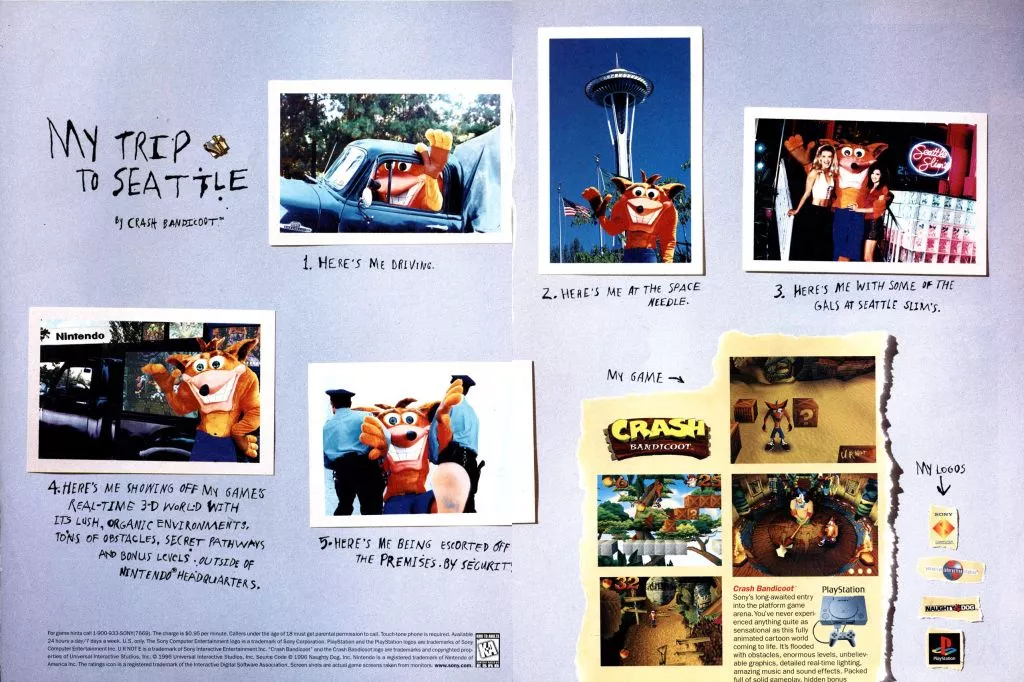
Shawn Layden added, “On one side, you had Mario, and on the other, Sonic. Where did PlayStation fit into this equation? We directed substantial effort into molding Crash Bandicoot as a platform mascot, but our expansive game library somewhat diluted the impact of a singular mascot presence.”
Crash Bandicoot exemplified PlayStation’s innovative approach to established video game conventions. However, within the console’s diverse library, developers were boldly venturing into unexplored realms. While the Sega Genesis and Super Nintendo thrived on platformers and fighting games, PlayStation’s most notable triumphs arose from action-packed adventures and chilling horror experiences.
Shawn Layden recounted, “I distinctly recall that Biohazard, known as Resident Evil, was the first game in Japan to bear an ‘explicit content’ warning—a conspicuous red triangle signaling ‘danger, danger.’ Undoubtedly, nothing entices attention like a government label advising against playing.”
Andrew House highlighted, “A prime illustration of transformative gameplay mechanics and an innovative leap forward for gaming as a whole would be Tomb Raider. Coupled with a compelling female lead character, an adventurous backdrop reminiscent of Indiana Jones, the amalgamation of these elements convinced us to champion the game as emblematic of the platform.”
However, Sony’s most momentous achievement was persuading Japan’s eminent RPG developer to break nearly a decade of allegiance to Nintendo and bring its most ambitious creation to PlayStation.
Shawn Layden explained, “The collaboration between Sony Music and Square to bring Final Fantasy VII to PlayStation was a monumental feat.”
“With Final Fantasy VII, those initial cinematic sequences and the ability to elevate that experience truly signaled a new era in gaming. Part of PlayStation’s pledge was to usher 3D gaming into homes. Final Fantasy, in partnership with Square’s visionary artists, showcased the boundless potential of the platform. This revelation resonated across all developers, granting them an expanded palette of colors and shapes to craft their creations.”
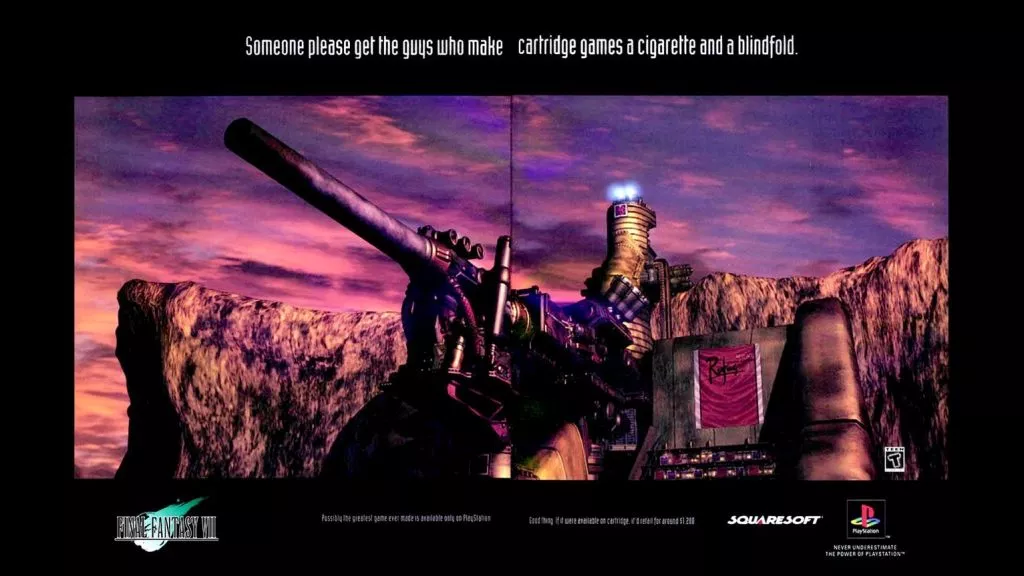
Final Fantasy VII went on to claim the title of PlayStation’s second-best-selling game of all time, with over 10 million copies sold. Yet, reflecting the diversity of PlayStation’s library, the grand saga and colossal weaponry of Final Fantasy stood in stark contrast to PlayStation’s top-selling game: Gran Turismo. Developed by Sony’s Japan Studio, it introduced a racing simulation previously unseen outside arcade settings, amassing nearly 11 million copies sold to date.
PlayStation catered to a spectrum of gaming preferences. Sony’s technological advancements and strategic business acumen propelled the industry into a dynamic and multifaceted landscape. By 1999, the company commanded a staggering 60% share of the American video game market, reigning as the unchallenged monarch of the fifth console generation. Its dominance was so resolute that it effortlessly rebuffed competition from Sega’s more advanced Dreamcast.
However, the PlayStation’s reign couldn’t endure indefinitely. With the new millennium on the horizon and fortified by accumulated experiences, Sony set its sights on crafting plans for a successor console.
Gaming and Storytelling
The underlying concept behind the PlayStation 2 was straightforward: replicate the success on a grander scale. However, despite triumphing with the original PlayStation, crafting a sequel proved to be a formidable challenge, akin to producing a difficult second album in the world of music.
Shawn Layden reflected, “This marked Sony’s inaugural attempt at launching a consecutive platform. Sega and Nintendo had traversed this path before, but it was uncharted territory for us, leading to uncertainties we were unaware of.”
“We had to navigate through uncharted waters. The PlayStation 2 possessed certain architectural idiosyncrasies, which posed challenges in communicating to developers accustomed to more conventional, arcade-based platforms.”
Amid the challenges, the blueprint laid by the original PlayStation provided valuable guidance. The new console had to propel technology forward, fundamentally altering the landscape for developers and players alike. If the CD-ROM defined the original PlayStation, then DVD would be the defining element for the PlayStation 2.
Andrew House remarked, “This marked the second aspect that ushered in a new chapter in PlayStation’s vision. It extended beyond games or interactive entertainment. It wasn’t just about establishing dominance in the living room; instead, it presented an opportunity for various family members to potentially engage with PlayStation for diverse reasons.”
However, the PS2’s DVD drive exceeded mere movie playback. Similar to how CD-ROMs liberated developers from the confines of cartridges, DVDs provided the canvas for crafting significantly more ambitious games.
Shawn Layden clarified, “This was a fortuitous convergence of technological trends, and PlayStation seized the initiative before others. Essentially, a broader canvas for creativity was established. More canvas meant more time, more time translated to more investment, yet it also enabled richer, more intricate storylines. A narrative could truly flourish.”
Hence commenced the journey toward the grand cinematic action games that have become emblematic of PlayStation today.
Shawn Layden recalled, “I vividly remember working on The Getaway during my tenure at the London studio. It marked a groundbreaking endeavor, simultaneously crafting a movie and a game. This leap was monumental, far beyond the action-adventure conventions prevailing at the time.”
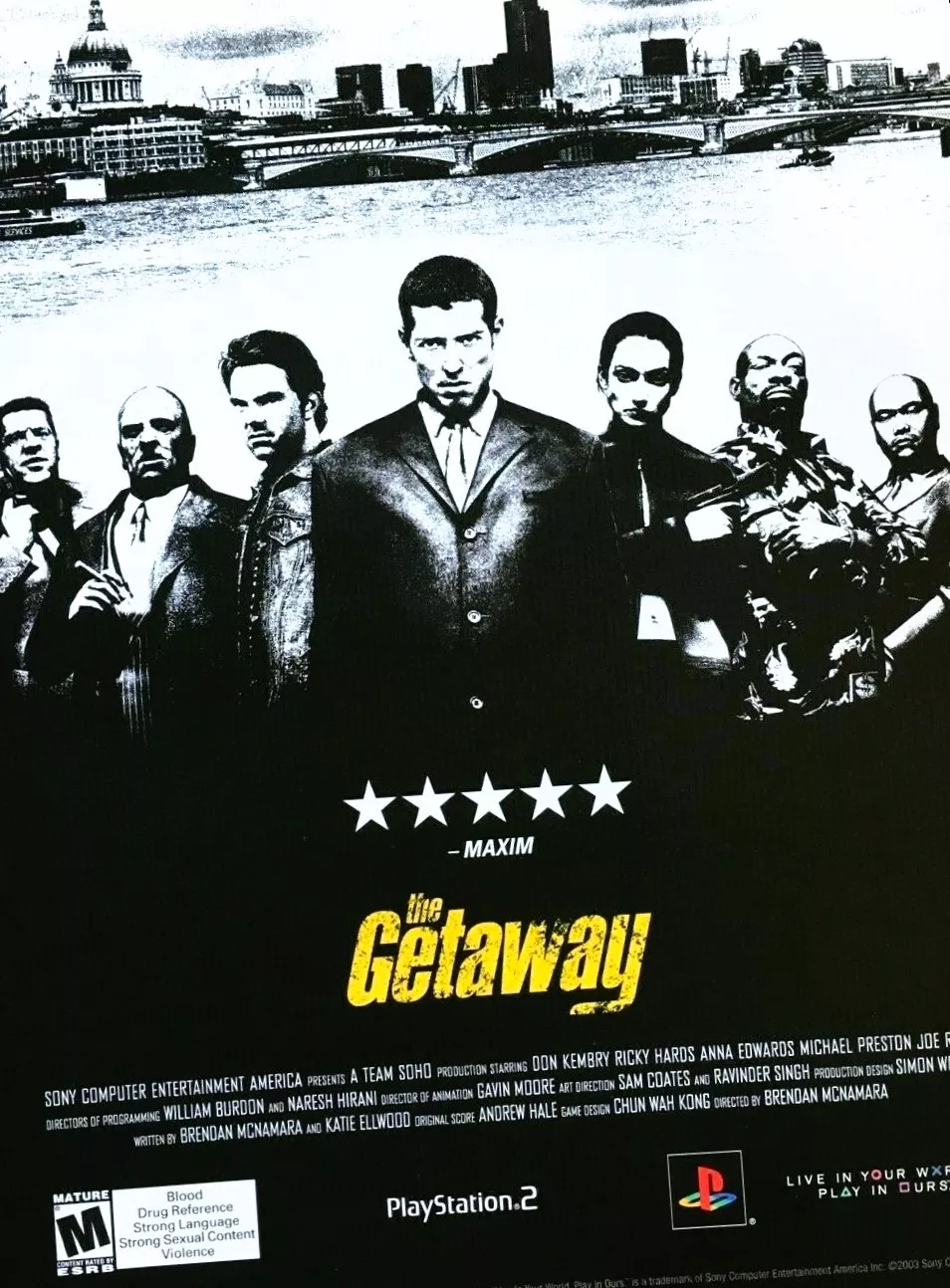
“With DVD technology, memory became virtually limitless. Vast textures could be incorporated, and you could encapsulate 16 square miles of London within a DVD. The expanded canvas facilitated broader storytelling. Nuanced narratives came to the forefront. The PS2 ushered in an era of narrative-rich gaming.”
The core aspects of storage and narrative have remained integral to PlayStation’s essence. The evolution from DVD to Blu-Ray to SSD has led to Sony’s narrative aspirations expanding. Today, the PS5 is heralded as the realm of cinematic single-player games, garnering widespread recognition for this attribute. Unlike the experimental days of the original PlayStation, contemporary Sony embodies a more focused and risk-averse approach. Quirky titles like PaRappa or Vib-Ribbon have faded away.
Nonetheless, the foundation laid by the inaugural console remains apparent. Third-party collaborations continue to breathe life into not only the platform but also the modern console gaming landscape. An ever-expanding array of developers introduces fresh and captivating games annually. This diversity ensures that each person’s PlayStation or Xbox library is distinctive. The era when Shigeru Miyamoto‘s games dominated collections has waned.
The PlayStation indelibly transformed the landscape of video games, and we continue to immerse ourselves in its realm.


Wow! Great job! Sony really deserves credit for their achievements in the gaming industry.